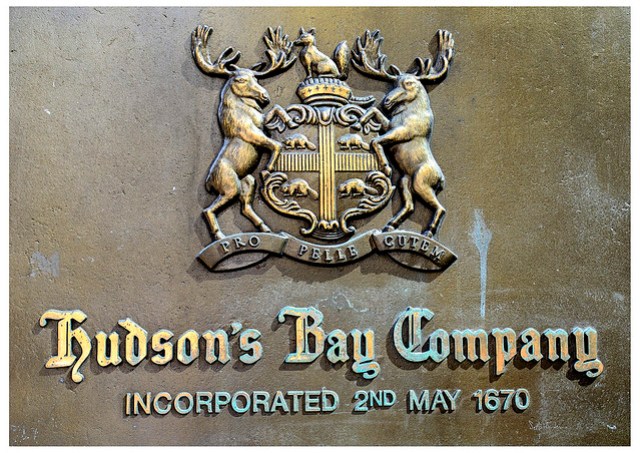
Old US Post Office building – used in Dark Knight
FBI Director James Comey continues his public obfuscation tour, blaming the upcoming Joker and Riddler crime spree in Gotham on the fairly new ability of consumers to encrypt data on their own phones against unwilling intrusions by governments and other entities.
The director of the F.B.I., James B. Comey, said on Thursday that the “post-Snowden pendulum” that has driven Apple and Google to offer fully encrypted cellphones had “gone too far.” He hinted that as a result, the administration might seek regulations and laws forcing companies to create a way for the government to unlock the photos, emails and contacts stored on the phones.
But Mr. Comey appeared to have few answers for critics who have argued that any portal created for the F.B.I. and the police could be exploited by the National Security Agency, or even Russian and Chinese intelligence agencies or criminals. And his position seemed to put him at odds with a White House advisory committee that recommended against any effort to weaken commercial encryption.
Apple and Google have announced new software that would automatically encrypt the contents of cellphones, using codes that even the companies could not crack. Their announcement followed a year of disclosures from Edward J. Snowden, the former government contractor who revealed many government programs that collect electronic data, including information on Americans.
The new encryption would hinder investigations involving phones taken from suspects, recovered at crime scenes or discovered on battlefields. But it would not affect information obtained by real-time wiretaps, such as phone conversations, emails or text messages. And the government could still get information that is stored elsewhere, including emails, call logs and, in some cases, old text messages.
(click here to continue reading James Comey, F.B.I. Director, Hints at Action as Cellphone Data Is Locked – NYTimes.com.)
You know what isn’t mentioned in this long article? Warrants. I wonder why that is? Could it be that most criminal masterminds do not store their plans to rob Gotham National Bank solely upon their encrypted cellphones, leaving law enforcement completely in the dark? Possibly The Joker leaves other traces of his plan elsewhere? Or discusses his machinations with co-conspirators? According to Mr. Comey, without the government retaining the ability to tap into each and every one of our cellphones at any time, The Joker will win. He’ll win! He’ll win, Batman!
or as Marcy Wheeler rightfully notes, this seems to really be about warrantless searching, especially at the US border:
Encrypting iPhones might have the biggest impact on law enforcement searches that don’t involve warrants, contrary to law enforcement claims this is about warranted searches. As early as 2010, Customs and Border Patrol was searching around 4,600 devices a year and seizing up to 300 using what is called a “border exception.” That is when CBP takes and searches devices from people it is questioning at the border. Just searching such devices does not even require probable cause (though seizing them requires some rationale). These searches increasingly involve smart phones like the iPhone.
These numbers suggest border searches of iPhones may be as common as warranted searches of the devices. Apple provided account content to U.S. law enforcement 155 times last year. It responded to 3,431 device requests, but the “vast majority” of those device requests involved customers seeking help with a lost or stolen phone, not law enforcement trying to get contents off a cell phone (Consumer Reports estimates that 3.1 million Americans will have their smart phones stolen this year). Given that Apple has by far the largest share of the smart phone market in the U.S., a significant number of border device searches involving a smart phone will be an iPhone. Apple’s default encryption will make it far harder for the government to do such searches without obtaining a warrant, which they often don’t have evidence to get.
If law enforcement wants to retain this access, they should be honest about what they might lose and why every iPhone user should be asked to carry a phone that is susceptible to criminal targeting as a result. Trading default encryption for a limited law enforcement purpose is just that — a trade-off — and officials should be prepared to discuss it as such. And, as forensics expert Jonathan Zdziarski explains, there’s a mountain of other data still available to help law enforcement solve crimes. “There is such a mount of peripheral evidence out there that only a small handful of cases are even likely to have the iPhone be the sole smoking gun to begin with,” he explained. “Cops have iCloud data, iCloud backups, call records, voicemail records, text messages from the carrier (if obtained within a certain retention period), gmail, email, web logs, trap and trace, proxy logs, not to mention copies of data from other people involved or from the victims themselves, desktop backups (if available), sometimes even a desktop (as many criminals don’t use encryption at all). Add to that they’re eavesdropping on the whole damn Internet.”
(click here to continue reading America’s huge iPhone lie: Why Apple is being accused of coddling child molesters – Salon.com.)


























